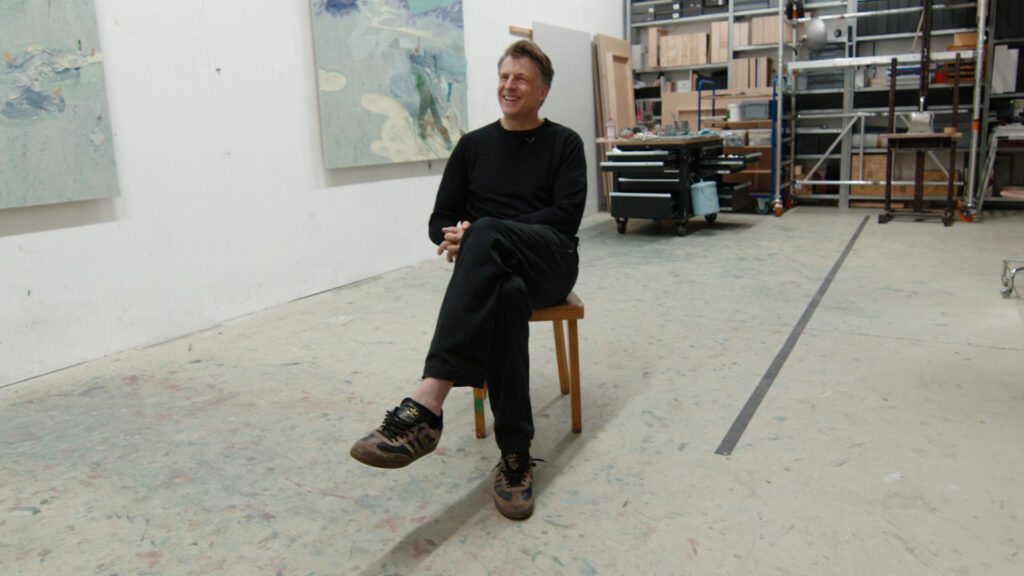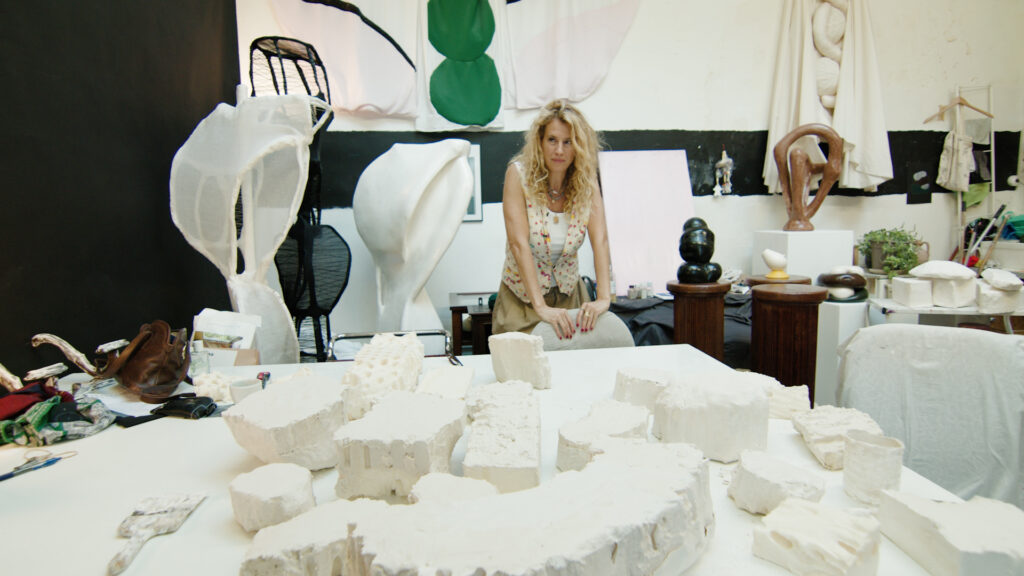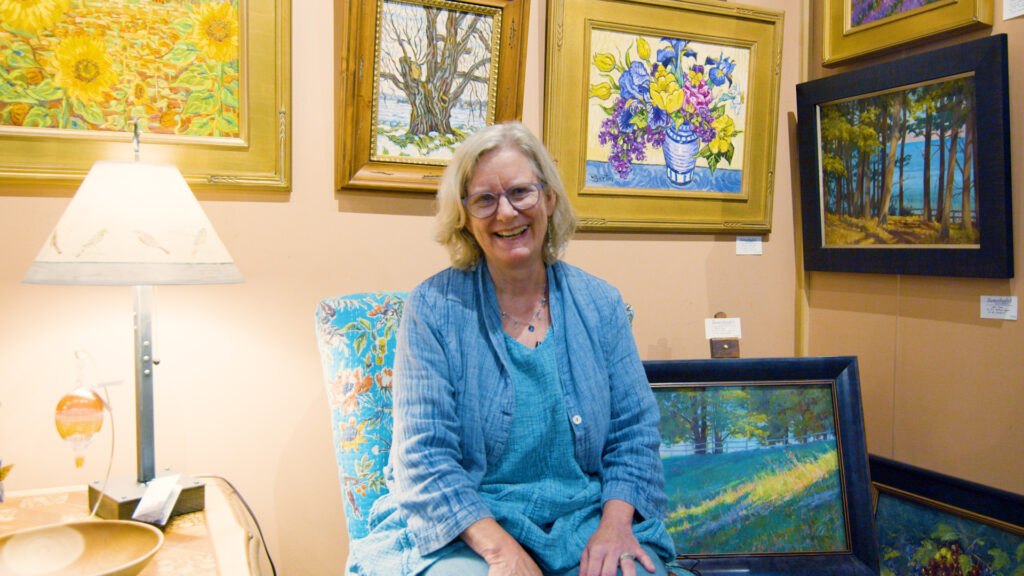Antwan Horfee’s story begins in the northern suburbs of Paris, where restlessness pushed him away from the classroom and into the city’s hidden corners. He remembers dropping out of school at a young age and deciding he wanted to “be in the wild.” That meant spending hours outside, searching for places where creativity lived just beyond the margins—places where a biker might leap from a staircase, someone might scrawl on a wall, or a musician might play away from mainstream.
It was about discovering a community that was hard to find. For Horfee, waiting outside in those spaces was an act of hope. It was a way to meet others who, like him, were moved by an urge to create something out of nothing. He found them in graffiti, in the colors and names left behind on walls, and eventually in his own nickname, written again and again, becoming part of the city.
That rhythm of tagging and tracing marks across Paris consumed him. But over time, the act of drawing pulled him toward another kind of possibility. When people began to collect his drawings, he realized that art might replace the need for steady jobs. What started as survival grew into a larger ambition: to make work that demanded more space, more time, more experimentation.
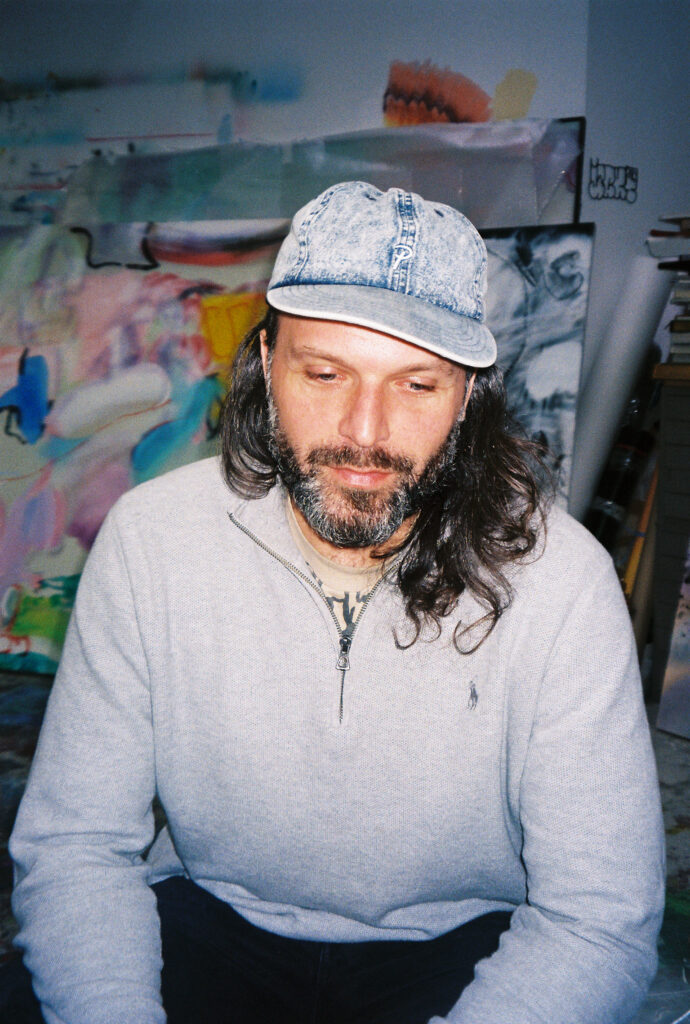
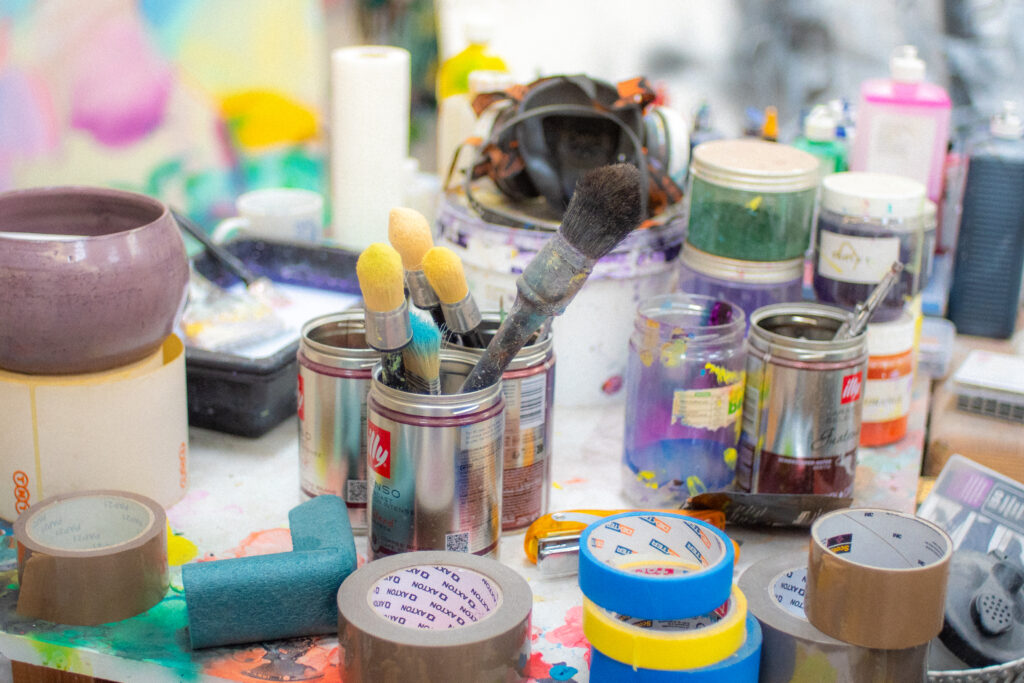
The studio became the center of that pursuit. Horfee describes the energy of constantly chasing new ideas, always one step ahead of himself. He built a practice by piecing things together instinctively, testing what felt right and asking himself the same question: did this look like art? The doubt never fully went away, but it pushed him to keep moving.
Books gave him a compass. Paging through monographs of past artists, he was struck by the sheer amount of work that could be made in a lifetime. He recalls being astonished at “how much detail, how much precision” filled those pages, and wondering what his own book might hold decades from now. The thought was less about legacy than direction—a reminder to keep building, piece by piece.
That same instinct guided him toward collaboration. What mattered wasn’t just the solitude of making, but the chance to share questions with others who also carried strange, restless ideas. Horfee began to imagine a scene, a community where research and experimentation could be exchanged. Creating art wasn’t just a personal act but a way to connect with others, to feel less isolated in the process of making.
His paintings reflect that energy. Rather than locking an image into fixed meaning, he is drawn to transformation. He often describes wanting a canvas to feel alive, as if it were moving, dissolving, or shifting in the wind. The goal isn’t to present an object but to trigger a perception, a sense that something is happening even within a still frame.
Living feeds that work. Horfee admits he cannot paint endlessly in isolation. He needs experiences—conversations, travel, even food and drink—to reignite his desire to create. Without those lived moments, the paintings risk becoming hollow. It is life outside the studio that gives the work urgency inside of it.
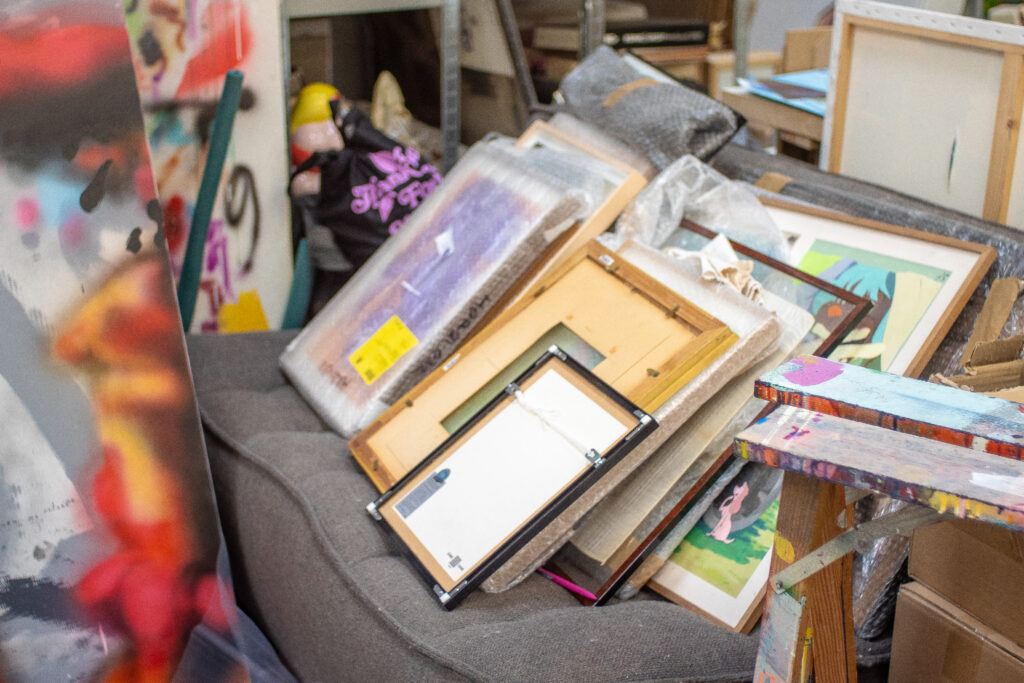
There’s also a constant hunger for input. Horfee calls himself a nerd for the sheer amount he consumes: books, films, images, and exchanges with other artists around the world. That circulation of ideas keeps him grounded in the present. It’s less about arriving at a finished truth and more about keeping the dialogue alive, a back-and-forth that sustains the practice itself.
At the heart of it all is the belief that art is meant to be shared. “You make the art for people to discover what you do,” he says. For Horfee, making is both existential and generous, a way of turning inner energy outward and inviting others to feel it for themselves.
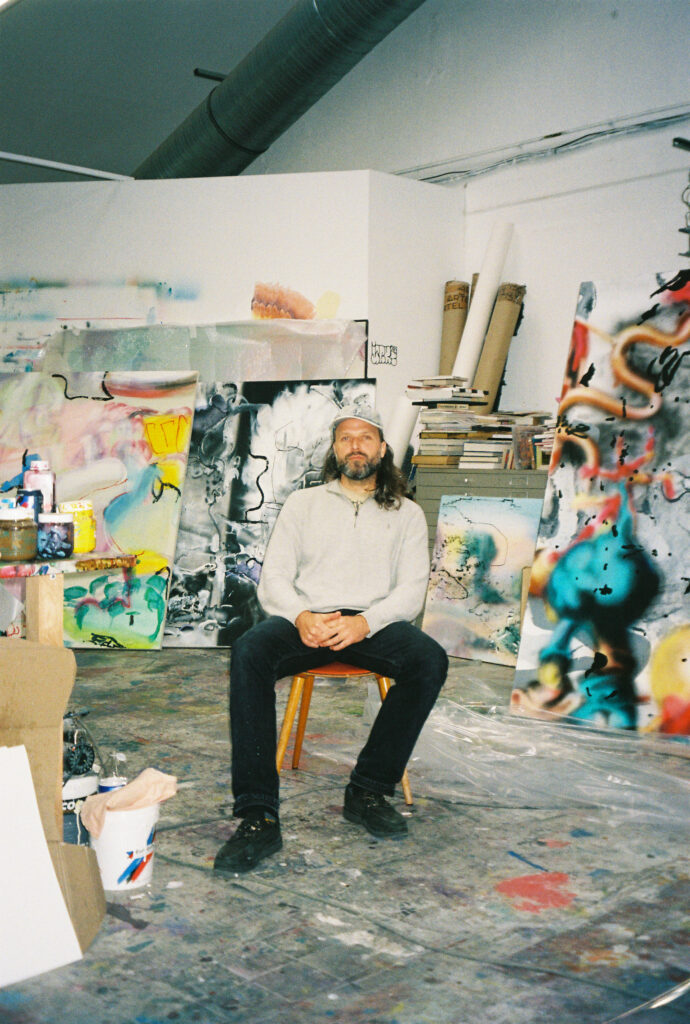
Help support Timestamp (we’re an Amazon Associate) when you buy art supplies with our affiliate links (we earn a small commission at no extra cost to you):
Shop for Canvas: https://amzn.to/4nG9q1I
Shop for Golden Brand Paint: https://amzn.to/3VDQJA7
Shop for Brushes: https://amzn.to/4nJQJdQ
Shop for Spray Paint: https://amzn.to/48H9dHt
Shop for Airbrush Equipment: https://amzn.to/4nkWpem
Sebastien Jupille
Sébastien Jupille’s story begins simply. As a kid he drew constantly, not because anyone pushed…
Eva Dixon
From the beginning, Eva Dixon’s relationship to making things was tied to the rhythms of…
Marc Sparfel
Marc Sparfel’s story begins with an act of discovery, the kind that happens quietly, without…
Ruprecht von Kaufmann
In his Berlin studio, Ruprecht von Kaufmann works surrounded by the quiet textures of linoleum,…
Amélie Caussade
Amélie’s journey as an artist began unexpectedly, born from a moment of sudden disruption. In…
Julie Stoppel
Julie Stoppel never planned to become an art teacher, or a gallery owner for that…




